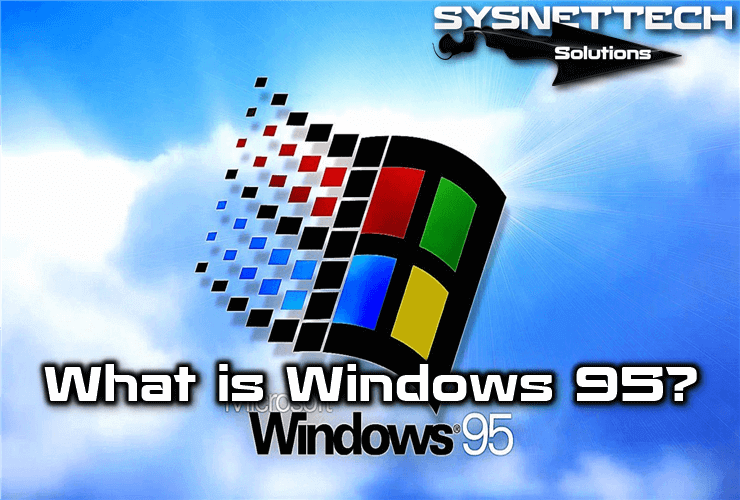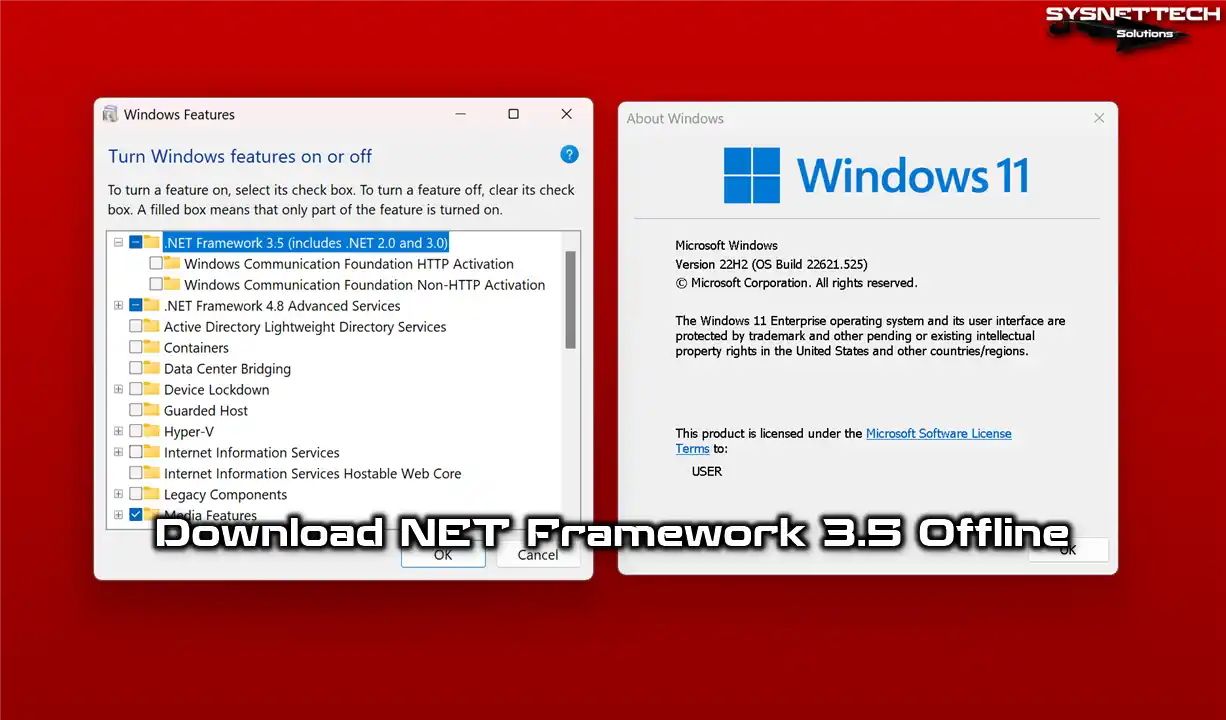Windows 95 was a big deal in the tech world. It changed the way computer screens looked and the way people used them.
In this article, we will talk about what exactly Windows 95 is, what it can do, and how it changed computers forever.

What is the Windows 95 Operating System?
The Windows 95 operating system, which has a mixed graphical user interface between 16 and 32 bits, was released with significant sales success by the Microsoft software company. During development, it was known as Windows 4 or Chicago.
It replaced MS-DOS as the OS and Windows 3.x as the medium of the graphic. It is included in the family of Microsoft operating systems called 9x.
The OSR2 (OEM Service Release 2) version included the FAT32 file feature in addition to the first look of the new USB at that time.
History
On August 24, 1995, Microsoft released Windows 95, a new version for consumers. The changes to the user interface were significant, and preventive multitasking was also used.
It is designed to replace not only 3.1 but also Windows for Workgroups and MS-DOS. It was also the first operating system with Plug and Play.
The changes introduced by Win95 were revolutionary, unlike the following, such as 98 and Me.
Standard support for Win95 ended on December 31, 2000, and extended support ended on December 31, 2001.
32 Bit
The addition of 32-bit file access in Windows 3.11 for group work meant that MS-DOS True 16-bit mode would no longer be used to manipulate files. The introduction of 32-bit meant the end of using a computer’s BIOS to manage the hard drive.
This reduces the MS-DOS role for the protected mode kernel to a simple Bootloader.
Given Microsoft’s impact on the operating system’s performance and stability, the included DOS can still be used to run older drivers for compatibility reasons.
Control Panel improved overall performance by allowing users to see which MS-DOS components remained on the system when not in use.
Although the kernel uses the old proper MS-DOS driver mode as Safe Mode, this particular mode is designed to allow the user to fix problems that may occur with loading local drivers in protected mode.
File System
By entering 32-bit files into file access, long filenames that are available to the system and DOS programs launched under Windows can be introduced into the system.
Although in its initial release, Win95 used the FAT16, which was accessible with earlier versions of MS-DOS, long names were not displayed with compatible DOS systems from other companies, requiring an update.
Later, starting with OEM Service Release 2 (OSR2), the new FAT32 was included with several significant new features, such as support for more than 2GB on partitions or incompatibility with previous Microsoft operating systems.
Additionally, this operating platform from Microsoft included support for 255 characters.
Graphical User Interface
This unique OS introduced a new user interface that was simpler and more powerful, making the OS, in less than two years, the most successful of all time, despite its flaws.
The Internet Explorer 4.0 installation included an update called the Desktop Update that, once installed, gave 95 (and NT 4.0) a user interface very similar to its successor, 98. This update disappeared in Internet Explorer versions.
They replaced File Manager with Explorer and added submenus to the Start Menu.
Windows 95 Minimum System and Installation Requirements
The official requirements outlined by Microsoft are:
- PC with 386DX or higher processor (486 recommended).
- 4 megabytes (MB) of memory (8 MB recommended).
- The hard disk space customarily required to upgrade to this OS is about 35-40 MB. The actual requirement depends on the features you choose.
- The hard disk space typically required to install it on a clean system is 50-55 MB. The actual requirement depends on the features you choose.
- It requires a high-density 3.5-inch disk drive (installation from floppy disks).
- VGA or higher for resolution (SVGA 256 colors recommended).
Windows 95 All Editions
| Name | Version | Release Date | Internet Explorer | USB Support | FAT32 Support | UDMA Support |
| Win95 (4.00.455) | 4.00.950 | 1995 | Yes | No | No | No |
| Win95 SP1 | 4.00.950A | 1996 | No | No | No | No |
| Win95 7374 OSR1 | 4.00.950A | 1996 | 2.0 | No | No | No |
| Win95 OSR 2 | 4.00.950B (4.00.1111) | 1996 | 3.0 | No | Yes | Yes |
| Win95 OSR 2.1 | 4.00.950B (4.03.1212) | 1996 | 3.0 | Yes | Yes | Yes |
| Win95 OSR 2.5 | 4.00.950C (4.03.1214) | 1997 | 4.0 | Yes | Yes | Yes |
Conclusion
In short, Windows 95 made a significant impact on PCs. It brought in a new era with its fancy graphics, doing many things at once and making it easy to connect new devices. Plus, it made things faster and more stable by handling longer file names and bigger files better.
So, it changed how people used computers and led to new ideas for operating systems. Its impact still matters, even though it’s been around for over twenty years.



